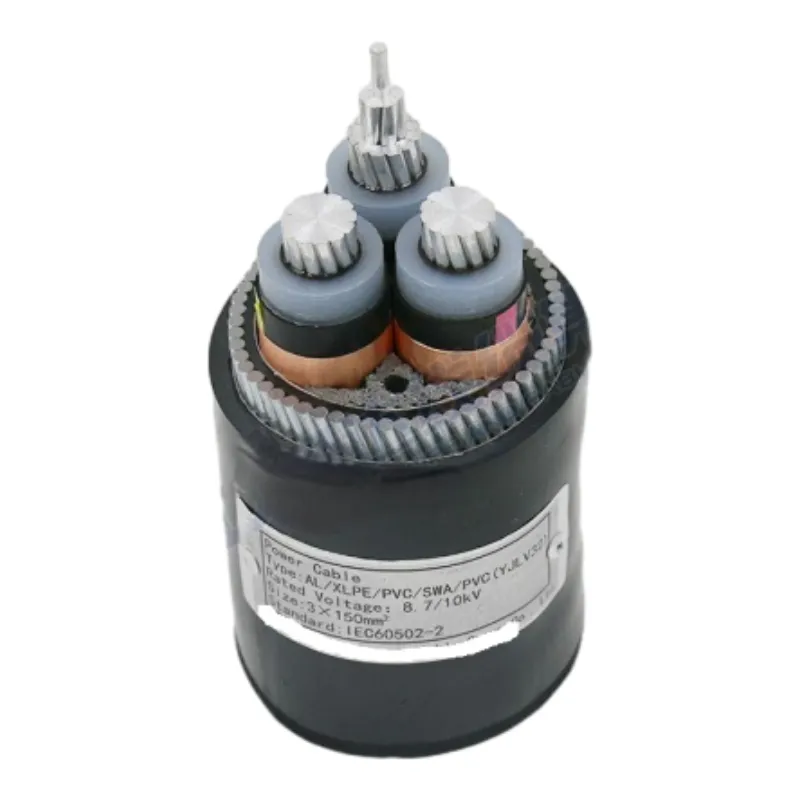9 月 . 02, 2024 22:48 Back to list
Wafer and Lugged Butterfly Valves – High Performance Valve Solutions
Understanding Wafer and Lugged Butterfly Valves A Comprehensive Overview
Butterfly valves are essential components in various industrial applications, used primarily for regulating fluid flow. Among the various types, wafer and lugged butterfly valves are prominent for their unique designs and functionalities. Both play crucial roles in controlling the flow within piping systems, but they differ significantly in their construction and installation methods.
Wafer butterfly valves feature a compact design ideal for tight spaces. The valve body is installed between two flanges, making it suitable for a wide range of applications. This design offers a lightweight solution that is easy to handle and install, especially when space constraints are a concern. Furthermore, wafer butterfly valves are known for their low-pressure drops, which enhances energy efficiency in fluid transport.
On the other hand, lugged butterfly valves possess an integrated lugs feature that allows for more flexible installation options. With lugs attached to the valve body, these valves can be bolted directly to the flanges of the piping system, making them perfect for dead-end services where the system may need to be isolated. This adaptability is particularly advantageous in applications requiring frequent maintenance or valve replacement, as it simplifies the process without the need for additional piping modifications.
wafer and lugged butterfly valve

The choice between wafer and lugged butterfly valves typically hinges on the specific requirements of the application. Wafer valves are generally chosen for installations where space is limited and high flow capacities are necessary. They are commonly found in HVAC systems, water treatment plants, and various industrial processes. In contrast, lugged butterfly valves are favored in scenarios that demand greater strength and the ability to handle higher pressures, making them prevalent in chemical processing, oil and gas, and other high-stakes industries.
Material selection is also pivotal when considering butterfly valves. Both wafer and lugged variants are available in a variety of materials, including stainless steel, cast iron, and PVC, enabling them to withstand diverse environmental conditions and corrosive media. The choice of material impacts not only the valve's durability but also its compatibility with the fluids being controlled.
In terms of operation, both types of valves utilize a disc that rotates around an axis to control the flow. The degree of opening can be adjusted precisely, allowing for excellent flow regulation. Additionally, advancements in actuator technology have enhanced the automation of both wafer and lugged butterfly valves, providing greater control and efficiency in modern industrial processes.
In conclusion, wafer and lugged butterfly valves serve essential yet distinct functions in fluid control systems. Understanding their unique attributes allows engineers and operators to make informed decisions that optimize performance, enhance efficiency, and ensure safety in various industrial applications. Whether opting for the compact nature of wafer valves or the versatility of lugged ones, selecting the appropriate butterfly valve is crucial for effective fluid management.
Share
-
Understanding the Differences Between Wafer Type Butterfly Valve and Lugged Butterfly ValveNewsOct.25,2024
-
The Efficiency of Wafer Type Butterfly Valve and Lugged Butterfly ValveNewsOct.25,2024
-
The Ultimate Guide to Industrial Swing Check Valve: Performance, Installation, and MaintenanceNewsOct.25,2024
-
Superior Performance with Industrial Swing Check Valve: The Essential Valve for Any SystemNewsOct.25,2024
-
Industrial Swing Check Valve: The Ideal Solution for Flow ControlNewsOct.25,2024
-
You Need to Know About Industrial Swing Check Valve: Functionality, Scope, and PerformanceNewsOct.25,2024